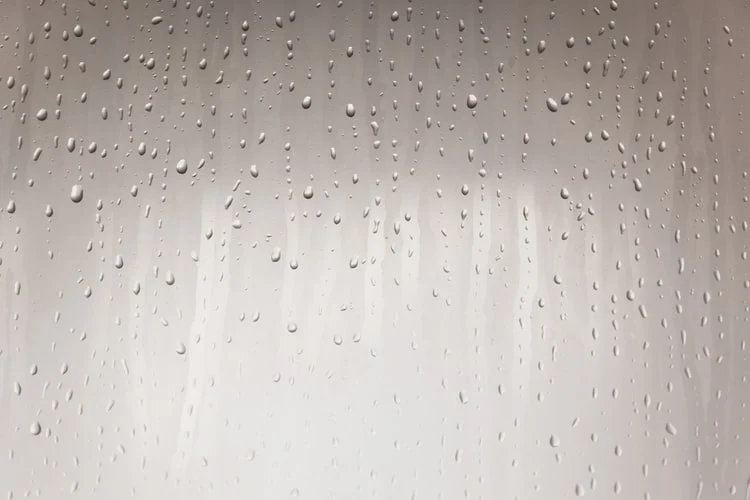Witnessing water droplets on the ceiling can be a cause for alarm, prompting questions about the underlying issues. In this comprehensive guide, we will delve into the potential causes of water droplets, offering valuable insights and practical tips to safeguard your home.

Investigating the Issue: Understanding Water Droplets on Ceiling
To effectively address the presence of water droplets on the ceiling, it’s crucial to understand the root causes behind this phenomenon. Let’s explore the possible reasons and proactive measures to mitigate the problem.
*1. Condensation and Humidity Buildup
One common cause of water droplets is condensation resulting from high humidity levels. In areas with poor ventilation, especially bathrooms and kitchens, warm air meeting a cold surface can lead to condensation.
Solution:
- Improve ventilation by using exhaust fans or opening windows.
- Consider using a dehumidifier to regulate indoor humidity levels.
*2. Roof Leaks and Water Infiltration
Roof leaks are a significant contributor to water droplets on the ceiling. Damaged or compromised roofing materials allow water to seep into the structure, leading to visible signs of moisture on the ceiling.
Solution:
- Inspect the roof for any signs of damage or missing shingles.
- Repair leaks promptly and ensure proper roof maintenance.
*3. Plumbing Issues and Pipe Leaks
Leaking pipes within the ceiling or walls can result in water droplets appearing on the ceiling. This may occur due to aging pipes, corrosion, or accidental damage.
Solution:
- Regularly inspect plumbing systems for leaks and address them immediately.
- Consider replacing old or deteriorating pipes to prevent future issues.
*4. Improper Insulation
Inadequate insulation can lead to temperature differentials between the interior and exterior surfaces, causing condensation and water droplets.
Solution:
- Evaluate and improve insulation in the attic and other relevant areas.
- Ensure a consistent thermal barrier to prevent temperature variations.
*5. Ceiling Ventilation Issues
Poor ceiling ventilation can contribute to stagnant air, increasing the likelihood of condensation and water droplets.
Solution:
- Install proper ceiling vents to enhance air circulation.
- Consider the use of ceiling fans to promote airflow.
Steps to Address and Prevent Water Droplets on Ceiling
- Regular Inspection Routine: Conduct regular inspections of your home, focusing on the roof, plumbing, and ceilings. Promptly address any signs of water damage or leaks.
- Effective Ventilation Practices: Implement effective ventilation strategies in high-humidity areas such as bathrooms and kitchens. Ensure exhaust fans are in good working condition.
- Roof Maintenance: Schedule routine roof inspections and address any damage promptly. Replace missing shingles, repair leaks, and maintain the overall integrity of the roofing system.
- Plumbing System Checks: Regularly inspect plumbing systems for leaks or signs of wear. Upgrade or replace aging pipes to prevent water-related issues.
- Insulation Improvement: Evaluate the insulation in your home, especially in the attic. Enhance insulation to maintain consistent temperatures and prevent condensation.
- Professional Assistance: If water droplets persist despite preventive measures, consult with professionals such as roofers or plumbers for a thorough assessment and targeted solutions.
Read too: Troubleshooting and Addressing a Water Bubble in Ceiling: Causes and Solutions Revealed
Conclusion: Safeguarding Your Home from Water Droplets on Ceiling
In conclusion, water droplets on the ceiling can indicate underlying issues that require attention and resolution. By understanding the potential causes and implementing proactive measures, homeowners can protect their homes from water-related damage.
Regular maintenance, timely repairs, and a vigilant approach to potential issues contribute to a secure and dry living environment. Remember, addressing water droplets on the ceiling promptly not only preserves the aesthetics of your home but also ensures the structural integrity and longevity of your property.